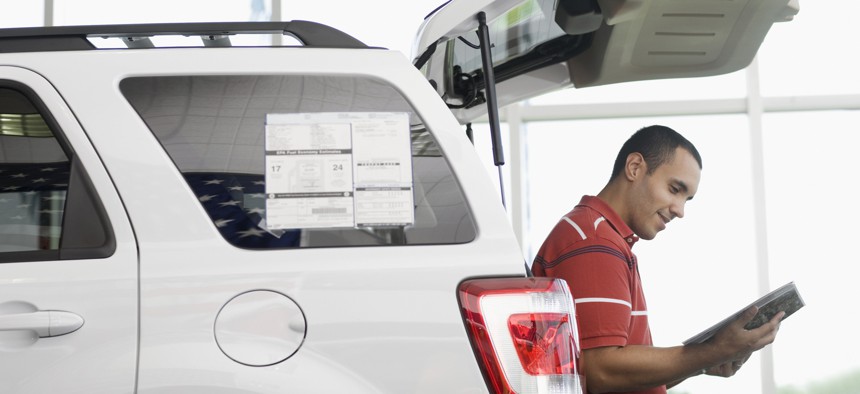Rethinking a ‘lift and shift’ approach to cloud migration

GettyImages/ Fuse
More than half of organizations that performed a lift-and-shift migration overspent because they signed up for more services than they actually needed.
A thought exercise: Say you need a new car. In this scenario, you’re married with two kids, an unusually large dog and a rec league hockey team dependent on your goalkeeping skills. Naturally, you’ve always owned a big, three-row SUV with lots of room for a big dog crate or an oversized duffle bag of pads and skates. Do you buy another one? Sure, you could. But that’s close to being the most expensive type of vehicle you can buy.
Now, imagine there’s a new service in town that allows you to subscribe to a fleet of cars and pay a fluctuating fee each day -- a tiny fee when you’re borrowing a small commuter car, a bigger one when you check out a seven-seater designed to haul everything.
Would you sign up for the service and then pay the largest fee to rent the biggest vehicle 365 days a year? Of course not. That would save you nothing. It might cost you more than buying.
So why consider doing this with your cloud migration?
At its 2020 IT Symposium, Gartner dropped a bomb on the industry that not everyone noticed: Their research found 45% of organizations that perform a lift-and-shift migration will overspend by 70% during the first 18 months of their new architecture. Flip that around -- almost half of the newly migrated organizations could have spent 30% of what they paid. Not for one year’s budget. But for one and a half.
Why? Because they were over-provisioned by as much as 55%. Because they lifted and shifted. Because they signed up for the subscription, checked out a giant SUV and commuted to work in it alone all year long.
Migrating to the cloud gives agencies a tremendous opportunity to streamline their architecture, improve efficiency and only pay for what they use. But many miss the opportunity because this approach only works if government IT pros work to avoid common pitfalls -- like overspending and over-provisioning -- in the process.
To have a successful migration, here are some critical framings to consider:
Gain efficiency while migrating
Buying a system once creates a sunk cost -- once you’ve purchased the solution, you’ve spent the money and acquired the capabilities. Inevitably, that makes it easy to think of its day-to-day operation as something already paid for. Some days, solutions handle less work than their able to. Other days, they’re pushed to their limits. Both approaches cost the same thing.
However, when migrating to a cloud system, the same mindset can lead to costly traps. Paying for clouds services allows agencies to save in times of light demand and pay to scale up only as necessary.
To do this well, they must improve before they move. Rather than lifting everything and shifting it to the cloud at once, agencies must rearchitect their infrastructure to gain efficiency as they move.
Right-size virtual infrastructure
Much of the advantage of virtual infrastructure comes from its scalability. That means agencies have to scale it for it to work its magic.
This requires the judicious application of rightsizing -- adding resources where they’re needed and moving them when they’re not fully utilized. An effective virtualization manager helps agencies pay for the infrastructure they need rather than overpaying for what they don’t.
Understand the baselines of existing on-premises systems
Lastly, agencies need to get an accurate baseline of what their on-premises systems do now and what they’ll be asked to do in a year or two.
Perhaps the most telling part of the Gartner study is the 18-month time frame. Learning as you go is expensive. If those organizations had looked at their historical baselines to understand better how to forecast their growth, they might not have been stuck overpaying by 70%.
Avoid common pitfalls
Adopting these practices can help federal IT pros better optimize their applications or systems before a cloud migration and avoid common pitfalls, including overspending and over-provisioning. Most agencies probably don’t need the biggest car all the time, they just need a vehicle that works for their purposes and gets them where they need to be in the most efficient way possible.





